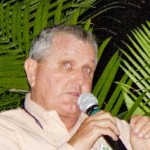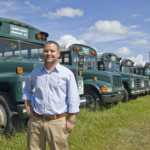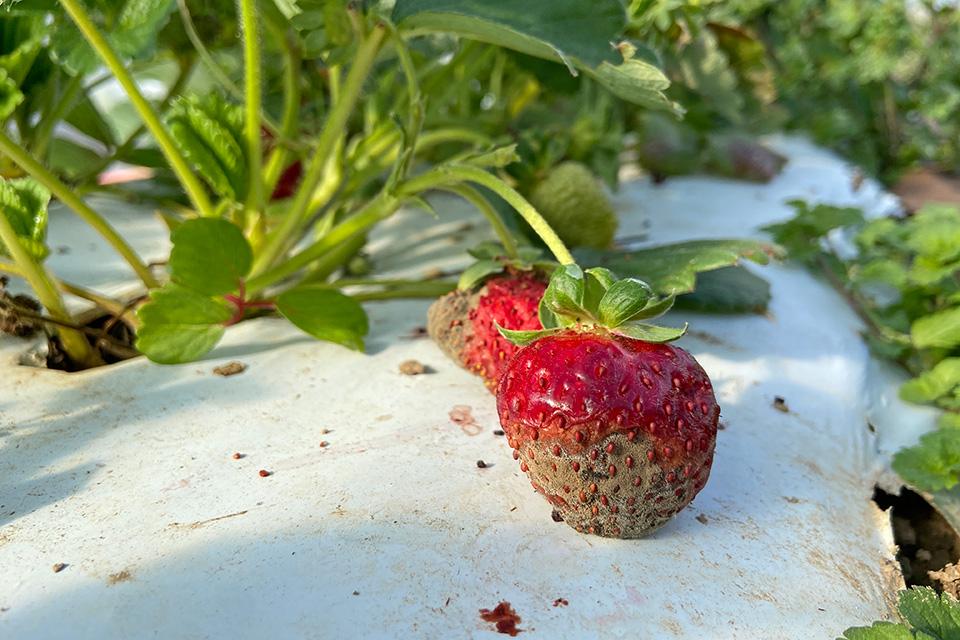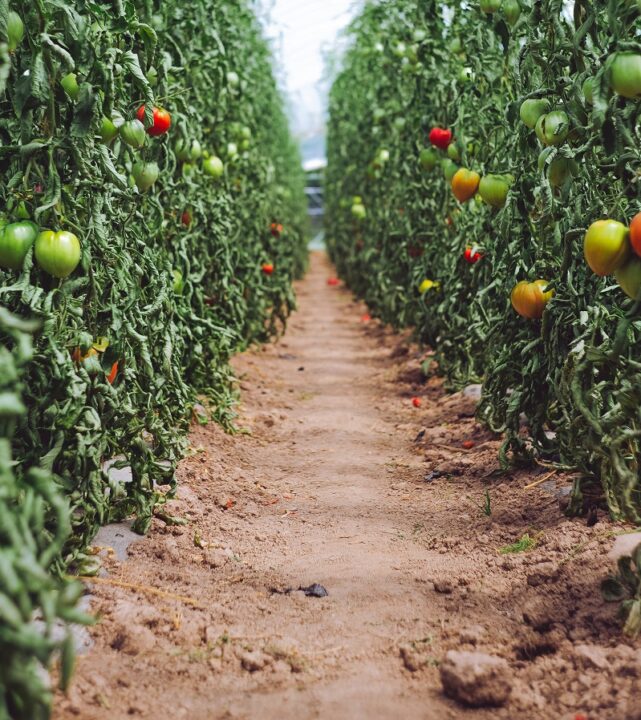Florida Citrus Growers Sound Off On State Of The Industry
As living with HLB sets in across Florida, growers are learning new ways to manage the disease. They also are confident research solutions will come in time to save the state’s signature crop. In addition, confidence that new management practices can provide a return on investment is prompting many growers to replant. Here is what a few of the state’s producers had to say.
 Marty McKenna
Marty McKenna
Our groves are infected across the board at an 80% level. Some groves are less infected and some 100%. The impact of this infection varies greatly from grove to grove for reasons that seem to be unexplainable. Some groves, despite high levels of infection, are coping with disease yielding acceptable production levels. Buffering high bicarbonate, high pH irrigation water is a cultural practice that is helping us remain productive. This is not a solution, but an adjustment that allows the tree to positively respond to enhanced nutritional applications. We are replanting aggressively in existing groves. We are confident research will provide scientific breakthroughs. We need something that will be effective treating existing trees and keeping our current groves productive within the next three years for the industry to remain as we know it today. When we do begin to have new breakthroughs, the industry will begin to rebuild. It is very critical that three major brands are still marketing NFC for us to have an industry that resembles the prosperous industry one we have been a part of in the past. Marketing is a concern that we will have to face as Florida production rebounds. The OJ category is shrinking and we must end this to have the ability to grow the market as supplies increase in the state.
 Quentin Roe
Quentin Roe
In our old groves and groves planted more than four years ago, we are completely infected with HLB. Our new plantings that are three years and younger are being grown with strict psyllid control. We are experiencing less than a 3% infection rate per year. Infection detections in the new groves are being removed on sight with new trees immediately going in the ground.
We are replanting as fast as possible in all our groves. And, we are using advanced growing methods on healthy groves to bring trees into production much quicker than normal.
 Jim Snively
Jim Snively
I believe we will see some good short-term research solutions to HLB in the next one to three years and longer-term solutions in the next seven to 10 years. We are resetting within the existing groves, and we are planting 300 acres of solid set at a higher density of 250 trees per acre. We hope to continue to plant 300 to 500 acres per year over the next four to five years. In our resetting program, we are putting back 1½ trees for every tree removed. We plant 100,000 to 150,000 resets per year and will continue this for the next three to four years.
 Vic Story
Vic Story
We are aggressively controlling the psyllid and are participating in four CHMAs to that end. We are replacing trees in groves as they become unproductive. And, we are putting more trees back in the grove that we are taking out. In addition, we are putting in new blocks of citrus in Polk and Hardee counties. Beyond greening, keeping enough water available for economical citrus production is a real concern. There will be more competition for water resources as Florida begins to grow again.
 Justin Sorrells
Justin Sorrells
We are treating every block as if greening is present. As for the status of the disease, I believe we are treating it with full force, but we won’t know the effectiveness until we harvest. We are on a 100% replanting program and are resetting nearly 40,000 trees per year.









